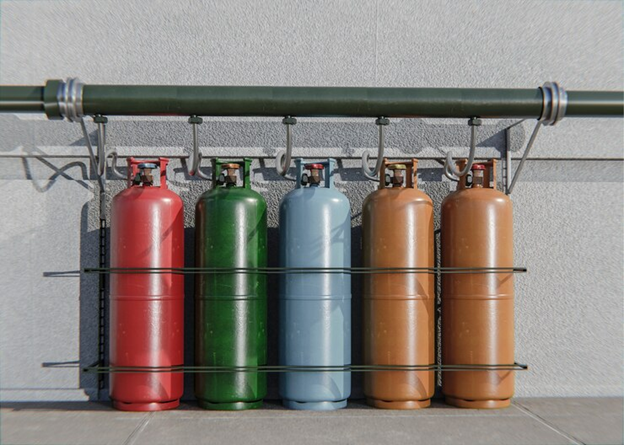Understanding the Role of Pressure Tanks in Plumbing Systems

While faucets, pipes, and fixtures take center stage in most plumbing discussions, a vital behind-the-scenes player ensures consistent water flow and pressure in your home: the pressure tank. Often referred to as a well pressure tank or expansion tank, this pressurized container plays a crucial role in maintaining optimal performance within your plumbing system. This article explores the different types of pressure tanks, their functions, and how they contribute to a smooth-running plumbing system.
The Core Function of Pressure Tanks
Pressure tanks serve two primary functions in plumbing systems:
- Pressure Regulation: A pressure tank helps maintain consistent water pressure throughout your plumbing system. As water enters the tank from the well or city main, it compresses the air bladder within the tank. This compressed air creates a reserve of pressurized water, ensuring a steady flow even during periods of high demand, like when multiple faucets or appliances are running simultaneously.
- Reduced Pump Cycling: Without a pressure tank, your well pump would constantly turn on and off to maintain pressure each time a faucet is opened. The pressure tank acts as a buffer, minimizing the need for frequent pump cycling. This extends the lifespan of your well pump and reduces energy consumption.
Understanding the Different Types of Pressure Tanks
There are two main types of pressure tanks used in residential plumbing systems:
- Air-Over-Water Tanks: These are the most common type of pressure tank for private well systems. The tank is divided by a diaphragm or bladder, with air on one side and water filling the other. As water enters the tank, it compresses the air, maintaining pressure.
- Water Expansion Tanks: These tanks are typically used in municipal water systems or closed-loop heating systems. Unlike air-over-water tanks, they contain only water. As the water heats up, it expands, and the tank accommodates this expansion, preventing pressure spikes within the system.
Signs Your Pressure Tank Needs Attention
A malfunctioning pressure tank can lead to a variety of problems in your plumbing system:
- Fluctuating Water Pressure: Inconsistent water pressure, with sudden bursts or weak flow, can indicate a failing pressure tank.
- Short Cycling of the Well Pump: If your well pump turns on and off frequently, even with minimal water usage, it could be a sign of a faulty pressure tank.
- Waterlogged Tank (Air-Over-Water Tanks Only): If waterlogging occurs, the air bladder within the tank has likely ruptured, and the tank needs to be replaced.
Maintaining Your Pressure Tank for Optimal Performance
Pressure tanks require minimal maintenance, but some basic checks can ensure their longevity:
- Precharge Pressure: The air pressure on the air side of the tank (air-over-water tanks) should be checked periodically and adjusted according to the manufacturer’s specifications. Consult a qualified plumber for assistance.
- Tank Drainage (Air-Over-Water Tanks Only): Some tanks have a drain valve that allows you to periodically drain any sediment buildup that can accumulate at the bottom of the tank.
- Visual Inspection: Regularly inspect the tank for any leaks, cracks, or signs of excessive wear and tear.
If you suspect an issue with your pressure tank, don’t hesitate to contact a qualified plumbing company for diagnosis and repair. By prioritizing the health of your pressure tank, you can enjoy the benefits of a reliable and efficient plumbing system for years to come.
Conclusion
Pressure tanks, though often unseen, play a critical role in ensuring consistent water pressure and reducing strain on your well pump. Understanding their function and basic maintenance needs can help you avoid plumbing problems and ensure a smooth-running water system in your home.














